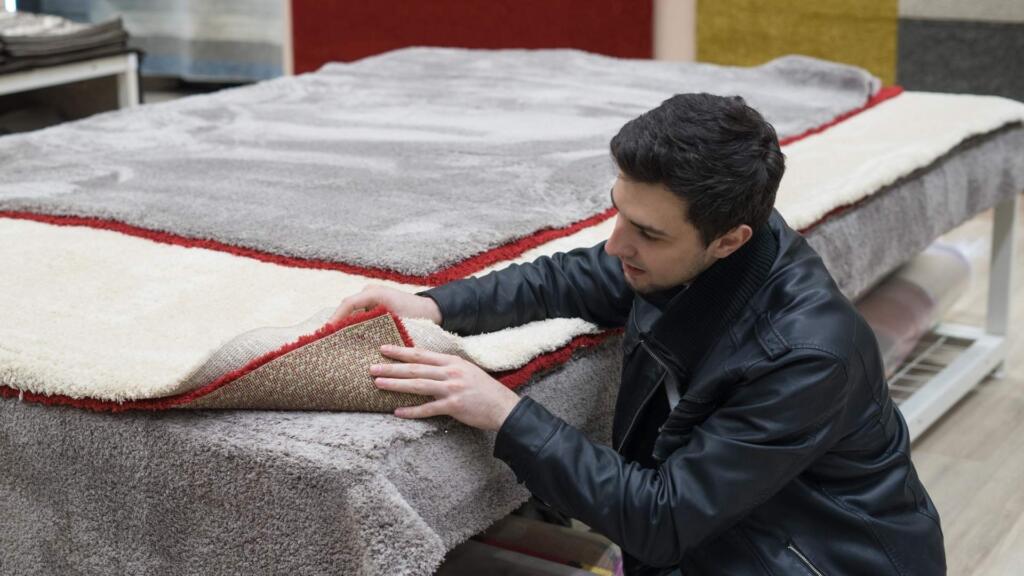
Choosing the perfect custom rug size is essential for creating a harmonious and functional space in your home. Whether you’re outfitting a living room, bedroom, or bathroom, the right rug can enhance the aesthetics, define areas, and add comfort underfoot. However, selecting the ideal size can be a challenge, especially when standard rug dimensions don’t fit your unique space. In this guide, we’ll walk you through the key considerations for choosing the perfect custom rug size, from measuring your space accurately to selecting the right shape, material, and design that complement your decor. Let’s dive into how to make your custom rug a seamless part of your home.
Understanding Custom Rug Sizes
The Benefits of Customization
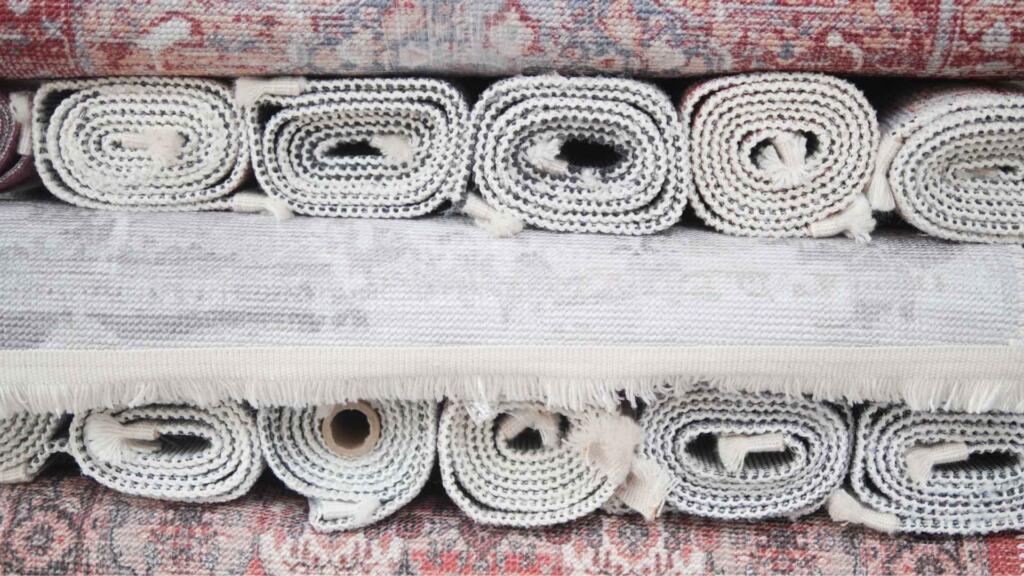
Custom rugs offer unparalleled flexibility, allowing you to tailor the dimensions to fit your specific space needs. This is particularly beneficial for rooms with unique shapes or layouts, where standard sizes simply won’t do. With customization, you can ensure that your rug fits perfectly under a dining table or snugly in an alcove, bringing harmony to your space.
Additionally, custom rugs allow for a level of personalization that off-the-shelf options can’t provide. You can select not only the size but also the color and pattern that best complement your interior design. This degree of personalization helps create a cohesive aesthetic throughout your home.
Lastly, custom rugs can be an investment in quality. Many bespoke rug makers offer superior materials and craftsmanship, ensuring that your rug will stand the test of time and wear, enhancing its value and appeal.
Why Choose a Custom Rug?
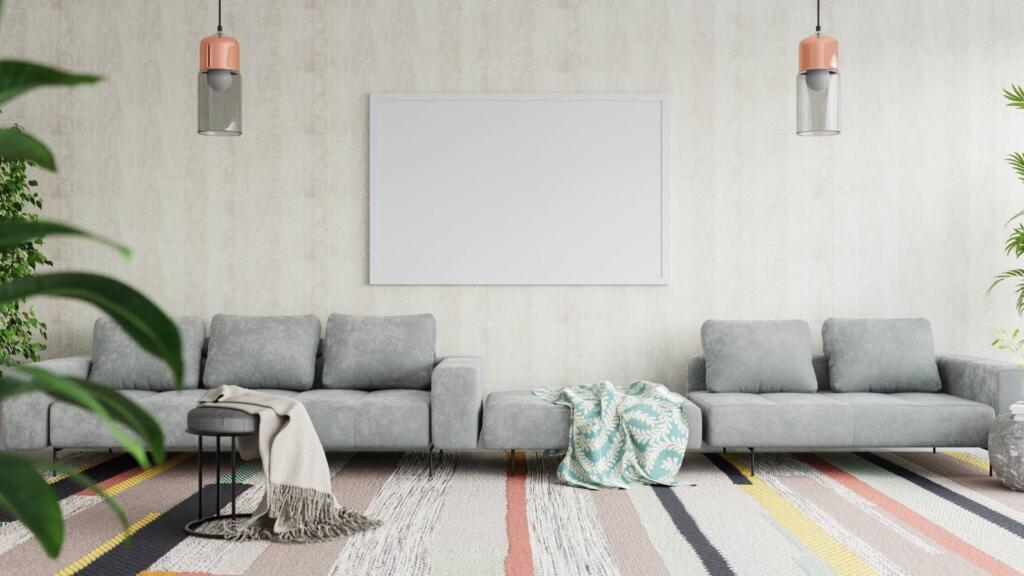
The decision to choose a custom rug often hinges on the unique requirements of your space. Whether you have an oddly shaped room or want a rug that fits perfectly under your dining table, custom rugs provide a solution that standard sizes can’t match. This customization allows for a blend of style and practicality that enhances your living environment.
Moreover, custom rugs can reflect your personal taste and style preferences. They offer the opportunity to create a focal point in your room or to subtly complement existing decor. This tailored approach ensures that your rug is not just a floor covering but an integral part of your interior design.
Custom rugs can also accommodate special needs, such as hypoallergenic materials or specific textures that may not be available in pre-made options. This ensures that your rug is not only beautiful but also functional and suited to your lifestyle.
Common Custom Rug Types
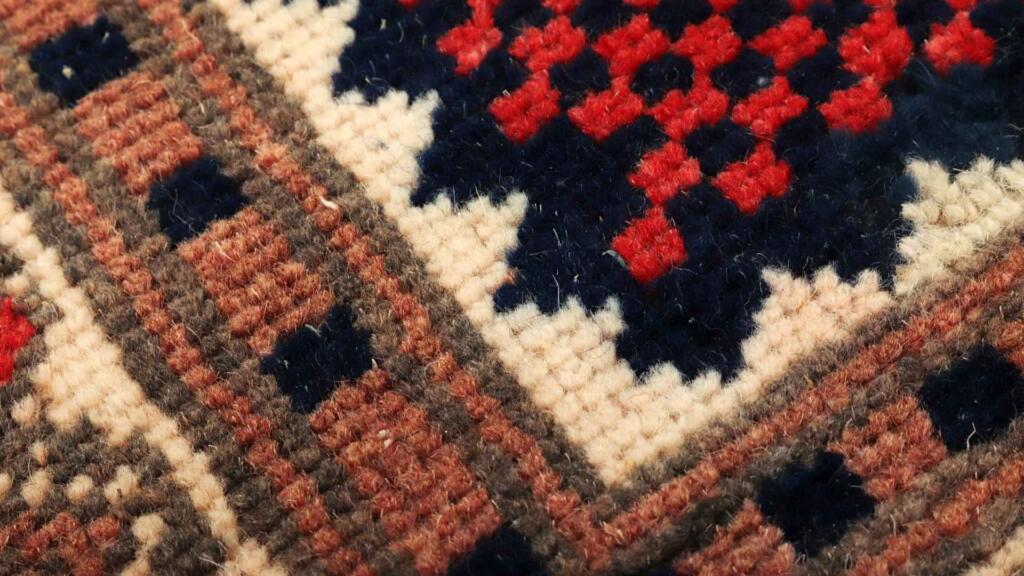
- Custom Bath Rugs: These are crafted to fit unique bathroom layouts or to match specific design themes. They can be made from materials that withstand moisture and are easy to clean, adding both style and functionality to your bathroom.
- Custom Area Rugs: Perfect for living rooms, bedrooms, and dining areas, these rugs can define spaces or complement existing decor. They offer flexibility in design, allowing you to choose patterns and colors that resonate with your aesthetic preferences.
- Custom Floor Rugs: Ideal for hallways, entryways, or any space needing a particular size or shape. These rugs can be tailored to withstand high foot traffic while maintaining their aesthetic appeal, providing a welcoming entrance to your home.
Measuring for Your Custom Rug
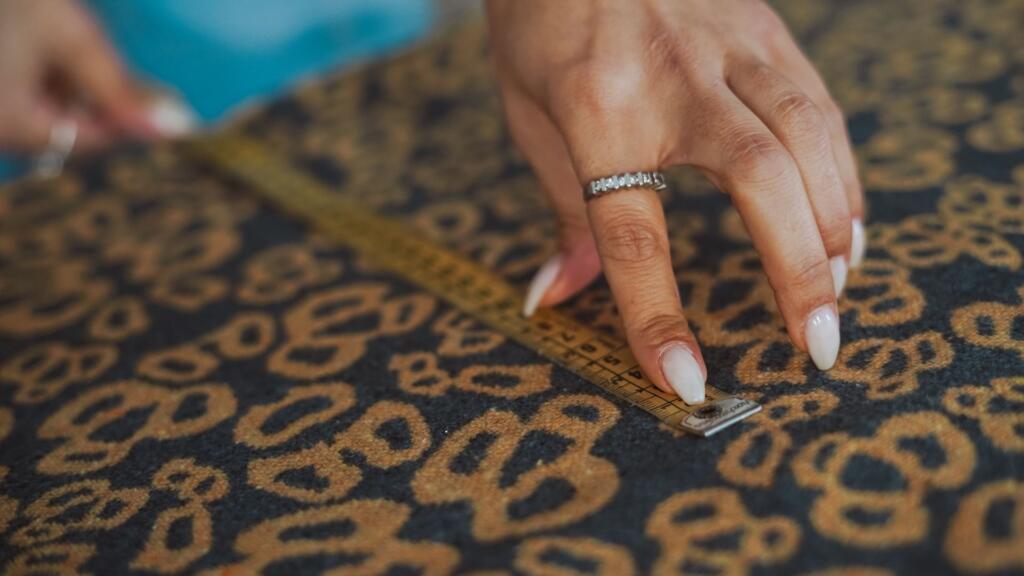
Assessing Your Space
Before you measure for a custom rug, thoroughly assess the room. Consider how furniture is arranged, the flow of traffic, and the purpose of the rug. Do you want the rug to cover most of the floor, or just to highlight a certain area? Think about how the rug will interact with existing elements in your room.
Take into account architectural features like fireplaces, doorways, and windows that might affect the placement of your rug. Understanding these elements will help you determine the best size and shape for your rug, ensuring it enhances rather than obstructs your space.
Reflect on the room’s function. Is it a high-traffic area like a living room, or a more private space like a bedroom? The intended use will influence the material and size of the rug you choose.
Another area where customization and careful choice are essential is the purchase of medications online, particularly for products like Cialis. With the rise of digital pharmacies, more people are seeking to buy Cialis online safely, but this process requires attention to details that go beyond price and convenience. Consumers must evaluate the credibility of online vendors, verify the authenticity of the medication, and ensure that all transactions comply with local regulations. The need for safety and transparency mirrors the same care taken in selecting a custom rug tailored to individual needs. In both cases, informed decisions and attention to quality are crucial for achieving the desired outcome without compromising well-being.
Standard Guidelines for Different Rooms
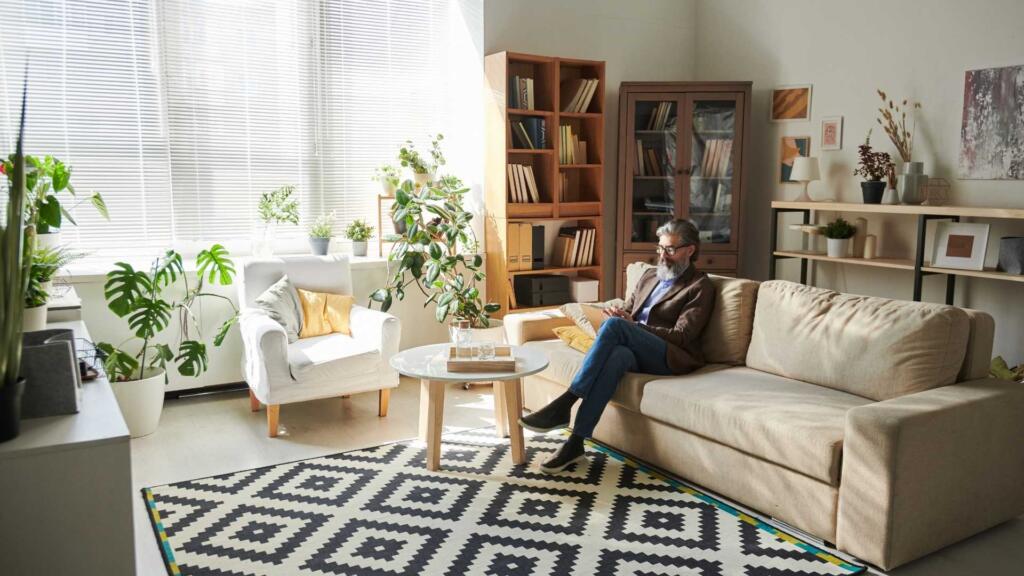
- Living Room: If you want all furniture legs on the rug, leave a 12-18 inch border of flooring around the rug. For only front legs on the rug, ensure it extends under all furniture pieces. This approach helps anchor the seating area and creates a sense of cohesion.
- Dining Room: The rug should extend at least 24 inches beyond all sides of the dining table to accommodate chairs when pulled out. This ensures that chairs remain on the rug even when diners are seated, preventing the awkwardness of uneven surfaces.
- Bedroom: An ideal rug size allows for at least 18 inches of rug on each side of the bed. For smaller rugs, place them at the foot of the bed or on either side. This placement adds warmth and comfort underfoot, particularly in the morning.
Measuring Techniques and Tools
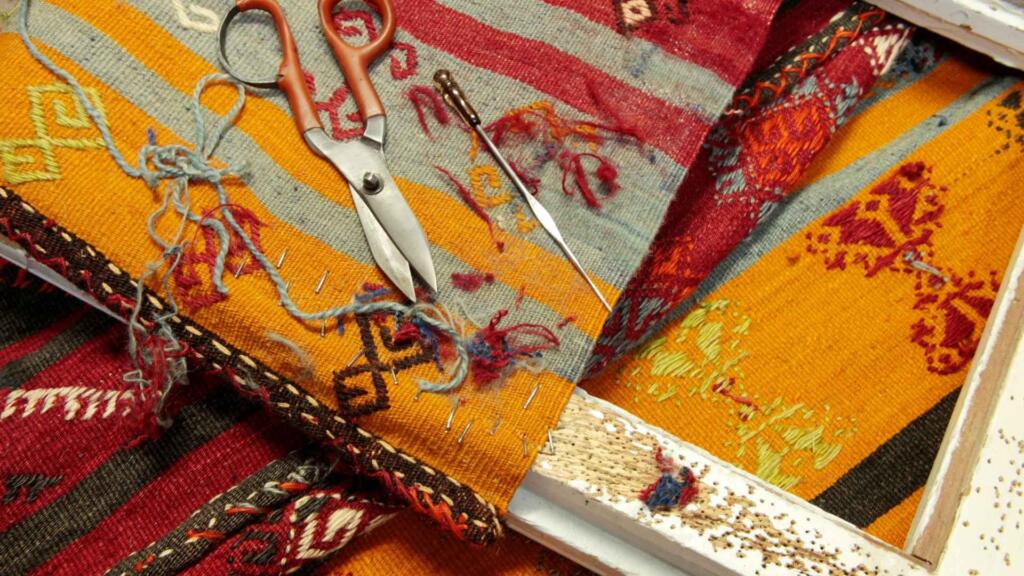
Accurate measurements are key to selecting the right custom rug size. Use a measuring tape for precision, and consider marking the rug’s intended placement with painter’s tape. This visual aid can help you see the rug’s footprint and make adjustments as needed.
Don’t forget to measure the height of furniture if the rug will sit underneath. This ensures that doors and drawers can open freely and that the rug doesn’t interfere with the functionality of your furnishings.
Consider the overall balance of the room. If the rug is too large, it may overwhelm the space; too small, and it might look out of place. Experiment with different sizes to find the perfect fit.
Custom Rug Shapes and Styles
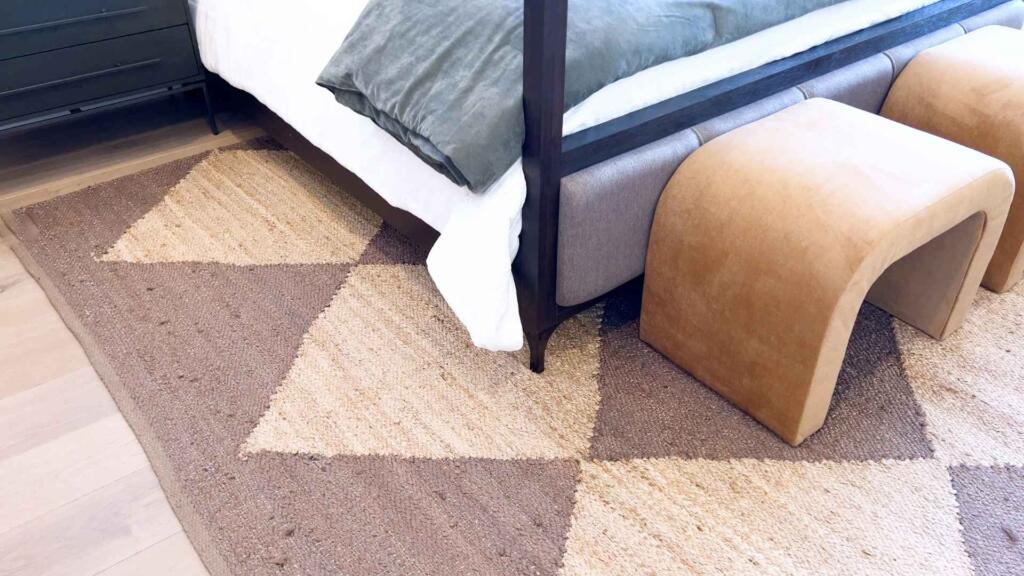
Rectangular Rugs
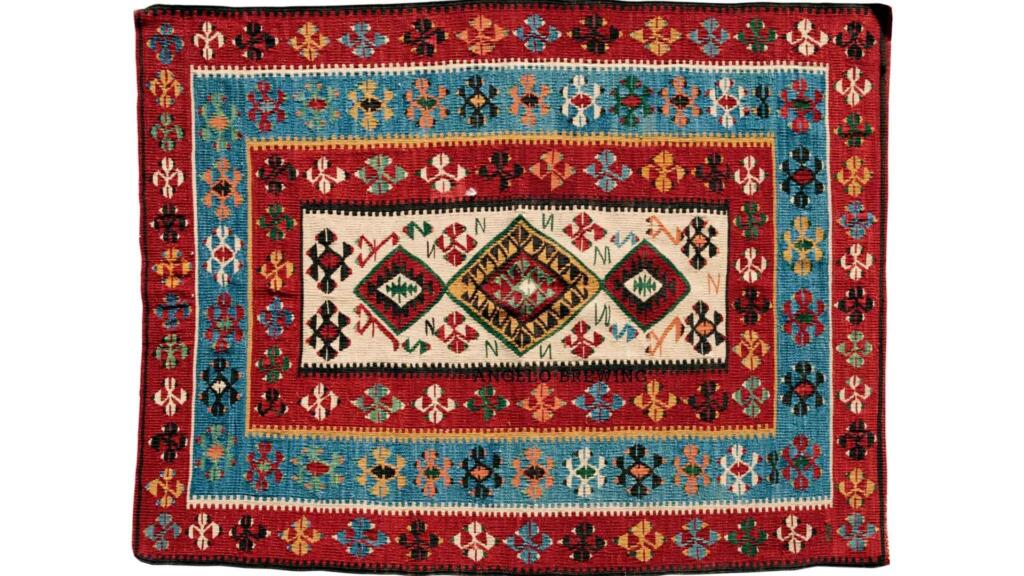
The most common shape, rectangular rugs are versatile and can be used in almost any room. They work well in larger spaces and can be used to define areas or to run along hallways. Their linear design complements modern and traditional interiors alike, making them a popular choice for many homeowners.
Rectangular rugs can also serve as a visual guide, leading the eye through a room or emphasizing architectural features. They can be strategically placed to elongate a space or to create pathways that guide movement throughout your home.
Consider the room’s geometry when choosing a rectangular rug. Aligning the rug with the room’s lines can enhance symmetry and create a harmonious flow, while an off-center placement can add a sense of dynamic movement.
Round Rugs
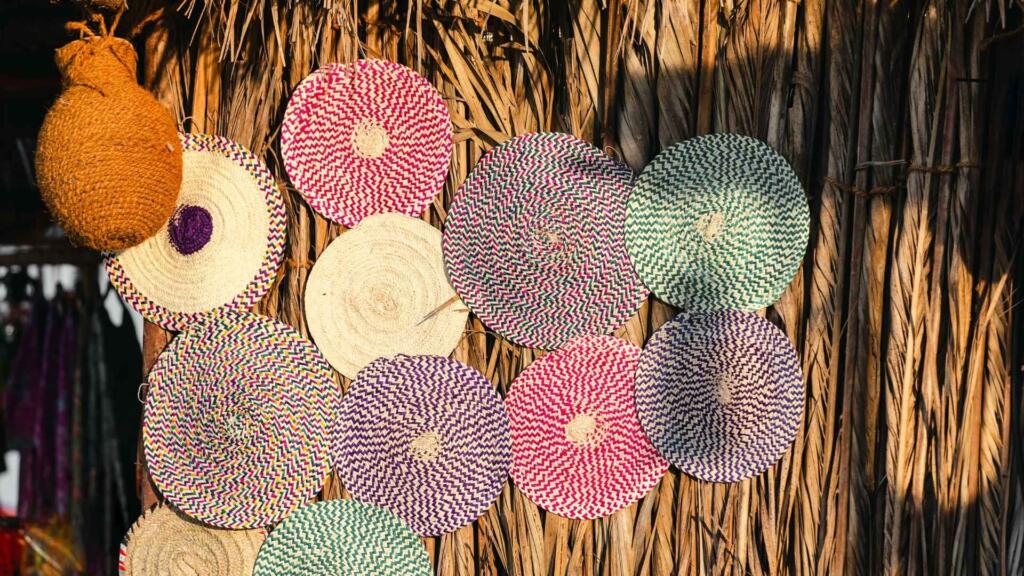
Round rugs are ideal for smaller spaces or to highlight a particular area, like underneath a round dining table or in an entryway. They add softness to angular rooms and can create a sense of symmetry. Their circular design is perfect for breaking up straight lines and introducing a new dimension to your decor.
These rugs are particularly effective in creating intimate spaces. For example, a round rug under a small dining set can create a cozy, inviting nook that’s perfect for conversation and dining.
Round rugs also work well in rooms with curved architectural features, such as bay windows or circular staircases. They can mirror these curves, reinforcing the room’s natural design elements and adding cohesion.
Runner Rugs
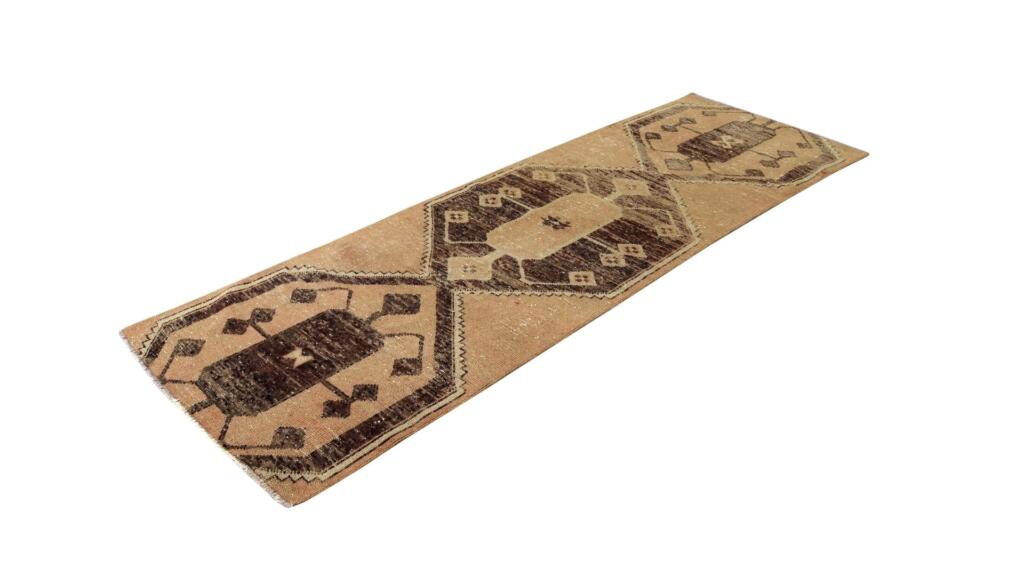
Perfect for hallways, staircases, or narrow spaces, runner rugs add texture and color without overwhelming the space. Measure the length and width to ensure a perfect fit, leaving a few inches of floor visible on each side. This balance ensures the runner complements rather than dominates the space.
Runner rugs are excellent for adding warmth to cold, hard floors, particularly in transitional areas of your home. They can also serve as a visual guide, directing traffic and leading the eye along a corridor or staircase.
Consider the pattern and color of your runner rug carefully. A bold design can add interest and personality to an otherwise mundane space, while a more subdued pattern can subtly enhance your decor.
Custom Shapes
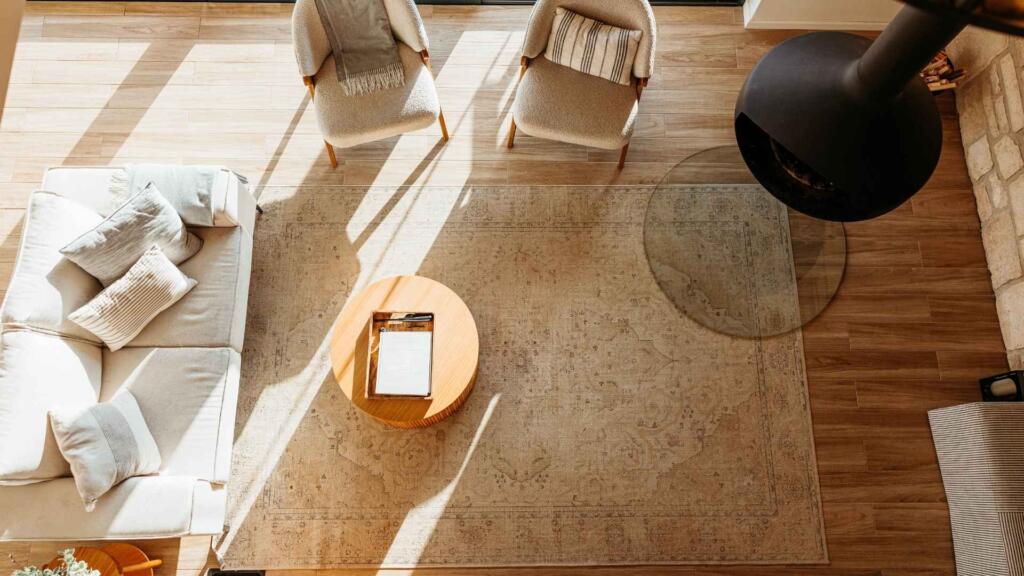
For uniquely shaped rooms or areas, custom shapes can be created. Whether it’s an oval, octagonal, or freeform design, custom shapes can bring creativity and uniqueness to your space. These rugs can be tailored to fit unusual dimensions and complement architectural features, making them a standout feature in your home.
Custom-shaped rugs offer an opportunity to express your personal style and creativity. They can become a focal point in a room, drawing attention and sparking conversation.
Don’t be afraid to experiment with unconventional shapes. A non-traditional rug can add a sense of whimsy and personality to your decor, setting your home apart from the ordinary.
Choosing the Right Material

Consider the Function
The material of your custom rug should align with its function. High-traffic areas like entryways or living rooms benefit from durable materials like wool or synthetic fibers. These materials can withstand wear and tear while maintaining their appearance, ensuring your rug remains beautiful and functional.
For a bedroom or low-traffic area, consider softer materials like cotton or silk. These luxurious fabrics offer comfort and a touch of elegance, making them ideal for spaces where you relax and unwind.
Think about the climate of your home as well. Natural fibers like wool can help regulate temperature, keeping your space warm in the winter and cool in the summer.
Maintenance and Durability
Keep in mind how much upkeep you’re willing to do. Wool rugs are durable and relatively easy to clean, while silk rugs require more delicate care. Synthetic fibers often offer stain resistance and are easy to maintain, making them a practical choice for busy households.
Consider the long-term care of your rug. Some materials may require professional cleaning, while others can be cleaned at home. Choose a material that fits your lifestyle and the level of maintenance you’re comfortable with.
Durability is key for rugs in high-traffic areas. Look for materials that can withstand frequent use without showing signs of wear, ensuring your rug remains a lasting investment in your home.
Environmental Impact
Consider the environmental impact of the materials you choose. Natural fibers like wool and cotton are renewable resources, while some synthetic fibers can have a larger carbon footprint. Opting for eco-friendly materials can help reduce your environmental impact and contribute to a more sustainable home.
Look for rugs made with sustainable practices, such as those certified by environmental organizations. These rugs often use natural dyes and materials, minimizing chemical use and promoting a healthier indoor environment.
Choosing environmentally friendly materials doesn’t mean sacrificing quality or style. Many eco-friendly options are available that offer the same durability and aesthetic appeal as their conventional counterparts.
Finalizing Your Custom Rug Choice
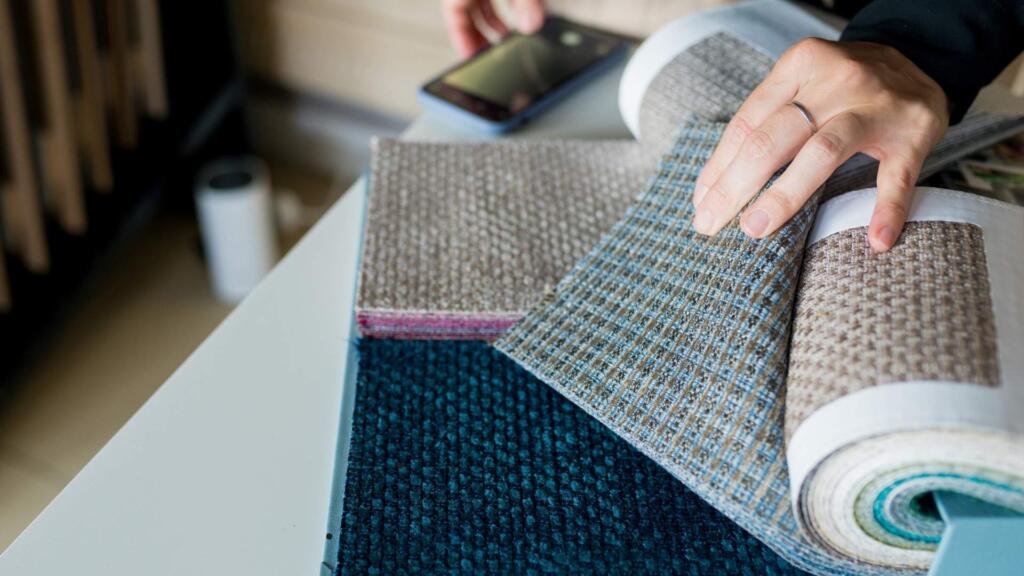
Coordinate with Room Decor
Choose colors and patterns that complement your existing decor. A rug can be a bold statement piece or a subtle background element. Consider your room’s color palette and the mood you want to create. A vibrant rug can energize a space, while a neutral one can add calmness and sophistication.
Think about how the rug’s design will interact with other elements in the room, such as furniture, artwork, and wall colors. A well-coordinated rug can tie these elements together, creating a harmonious and unified look.
Don’t be afraid to mix patterns and textures. A patterned rug can add interest and depth to a room, while a textured rug can enhance the sensory experience, adding warmth and comfort underfoot.
Work with a Professional
If you’re unsure about size, shape, or material, consider consulting with a professional. Many rug retailers offer design consultations to help you choose the perfect custom rug for your space. These experts can provide valuable insights and recommendations based on your specific needs and preferences.
A professional can also help you visualize how different rugs will look in your space, using tools like digital renderings or physical samples. This can give you confidence in your decision, ensuring you’re satisfied with your choice.
Working with a professional can also simplify the customization process, guiding you through options and helping you make informed decisions that align with your budget and style.
Budget Considerations
Keep your budget in mind as you explore custom rug options. Prices can vary widely based on size, material, and design complexity. Set a budget early on to help narrow down your choices and focus on options that fit within your financial plan.
Consider the value of your investment. A high-quality custom rug can enhance the beauty and functionality of your home, making it a worthwhile expense. Think about the long-term benefits of your purchase, including durability and timeless appeal.
Remember that customization doesn’t always mean a high price tag. Many options are available at different price points, allowing you to find a custom rug that meets your needs and budget.
Conclusion
Choosing the perfect custom rug size involves careful consideration of your room’s layout, the rug’s function, and your personal style. By taking accurate measurements, considering different shapes and materials, and coordinating with your decor, you can create a cohesive and inviting space. Custom rugs not only enhance the aesthetic appeal of your home but also provide comfort and functionality tailored specifically to your needs.
With the right custom rug, you can transform any room into a beautifully designed space that reflects your personal style and meets your practical needs. Whether you’re looking for a custom bath rug or a grand area rug, the perfect size is just a design choice away. Embrace the opportunity to express your creativity and individuality, and enjoy the lasting beauty and comfort that a custom rug brings to your home.




